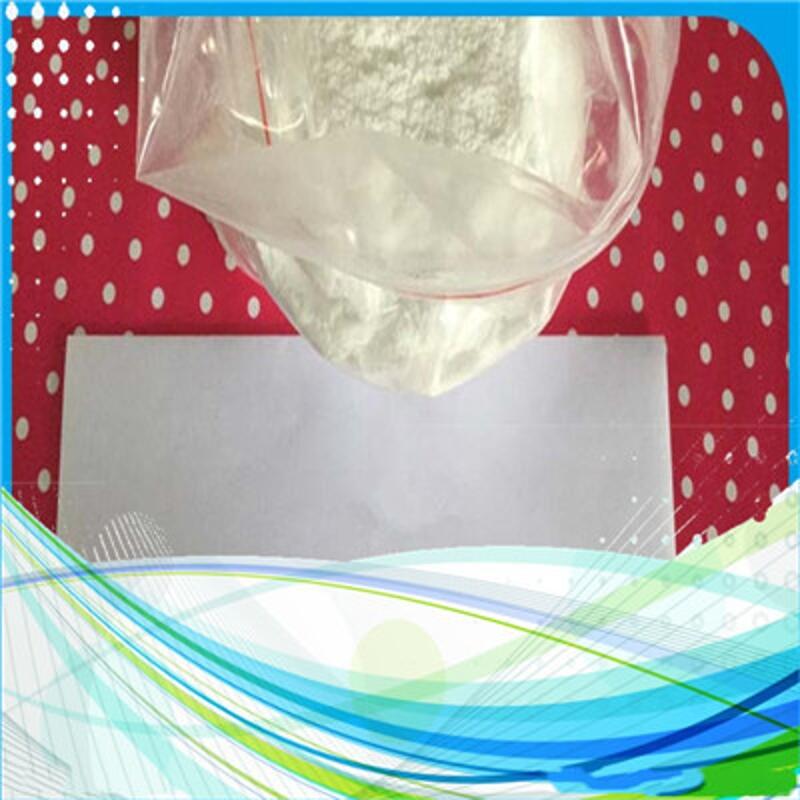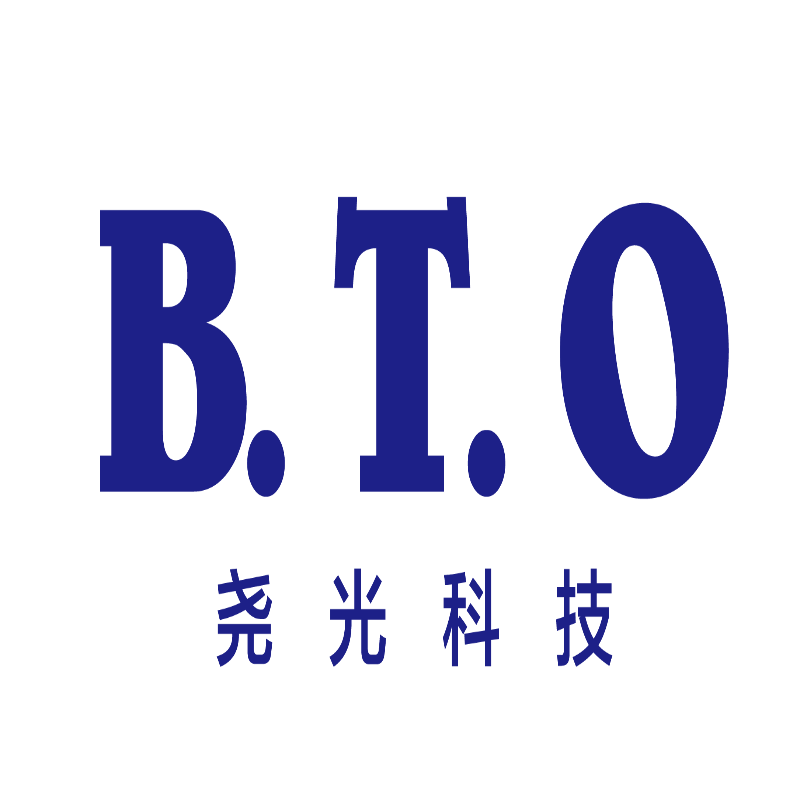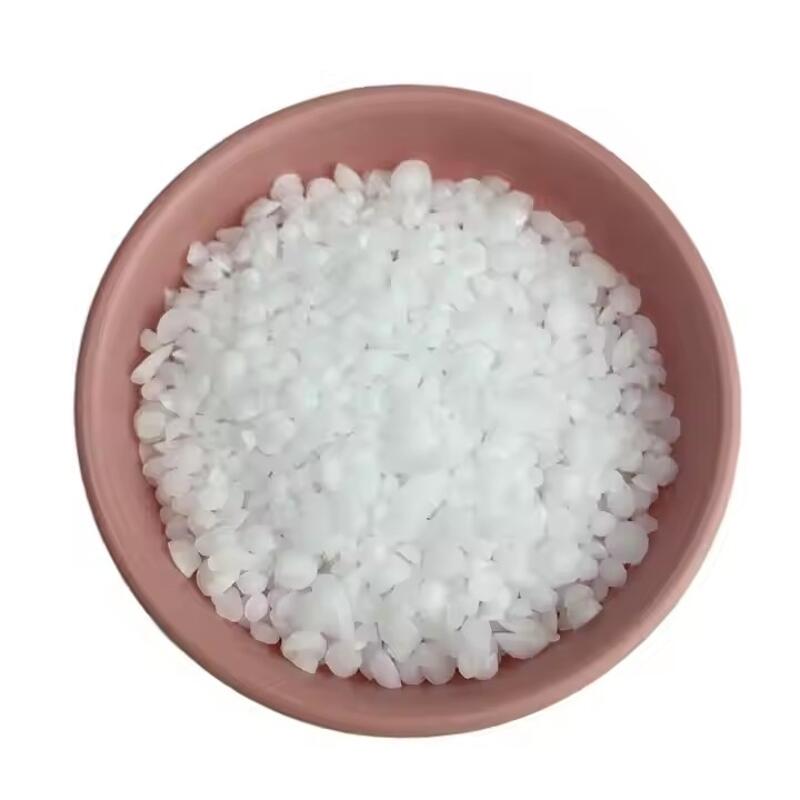Bio enzyme makes nano printing possible
-
Last Update: 2007-10-10
-
Source: Internet
-
Author: User
Search more information of high quality chemicals, good prices and reliable suppliers, visit
www.echemi.com
Micro contact printing (μ CP) has been widely used because of its rapid high-resolution image transfer on large surface, but its disadvantages mainly lie in the diffusion of ink which affects the resolution of image transfer For example, the efficient transfer of small molecules requires the template to contact with the substrate for 10-1000 seconds During this period, due to the diffusion of ink and the transfer of gas-phase medium, the edge of the imprint becomes blurred To obtain a clear graphic resolution, it must be greater than 100 nm If the non diffusion process is adopted, the limit of 100 nm can be broken The non-diffusion pattern transfer is modified by the chemical reaction of the substrate with the catalyst fixed on the template Most of the previous research results have the disadvantages of low transfer rate (about 30%) and slow speed (only linear printing), which are not suitable for large-scale production applications Using the high selectivity and high reactivity of enzyme, researchers have successfully developed a catalytic lithography technology The researchers chose polyacrylamide as the template to take into account the following two factors: first, polyacrylamide has a certain elasticity, which can ensure the template and substrate are completely closed and fully wetted, and provide an appropriate active surface for the enzyme; second, the modification of the side chain of acrylamide monomer can fix the enzyme catalyst In the experiment, the researchers successfully etched and printed the ssDNA using the nuclease immobilized by the nickel complex of polyacrylamide side chain, and the etching rate reached 70% through the confocal fluorescence microscope observation In non diffusion graphic transfer technology, the resolution is no longer limited by ink diffusion, but only related to the active range of catalyst Therefore, this characteristic has a very high development prospect for nano impression technology.
This article is an English version of an article which is originally in the Chinese language on echemi.com and is provided for information purposes only.
This website makes no representation or warranty of any kind, either expressed or implied, as to the accuracy, completeness ownership or reliability of
the article or any translations thereof. If you have any concerns or complaints relating to the article, please send an email, providing a detailed
description of the concern or complaint, to
service@echemi.com. A staff member will contact you within 5 working days. Once verified, infringing content
will be removed immediately.







